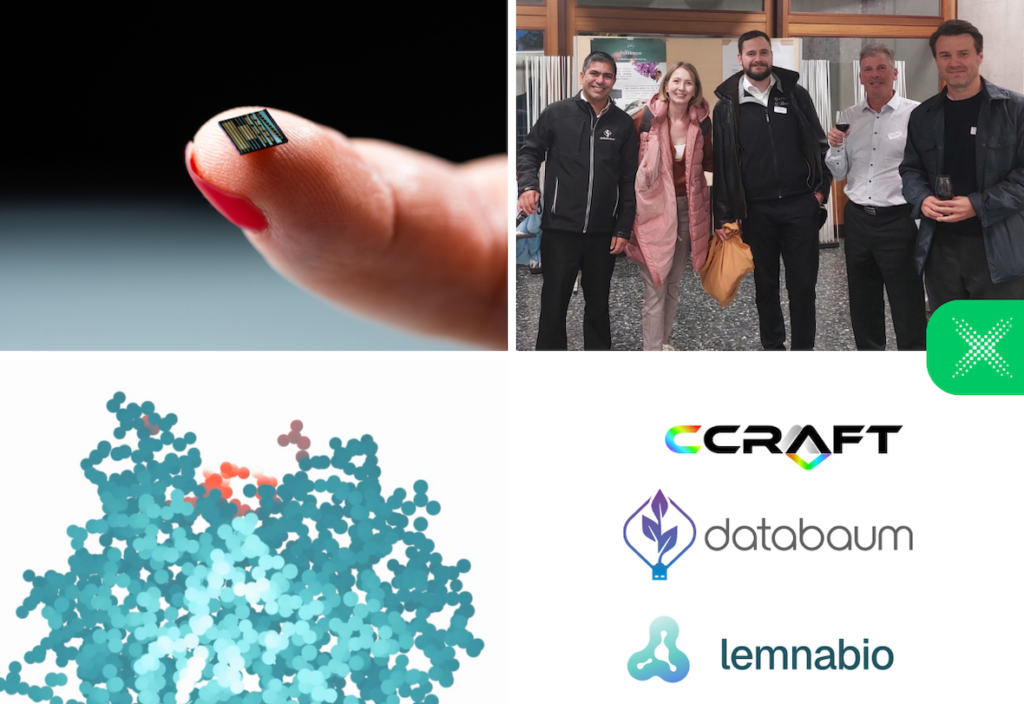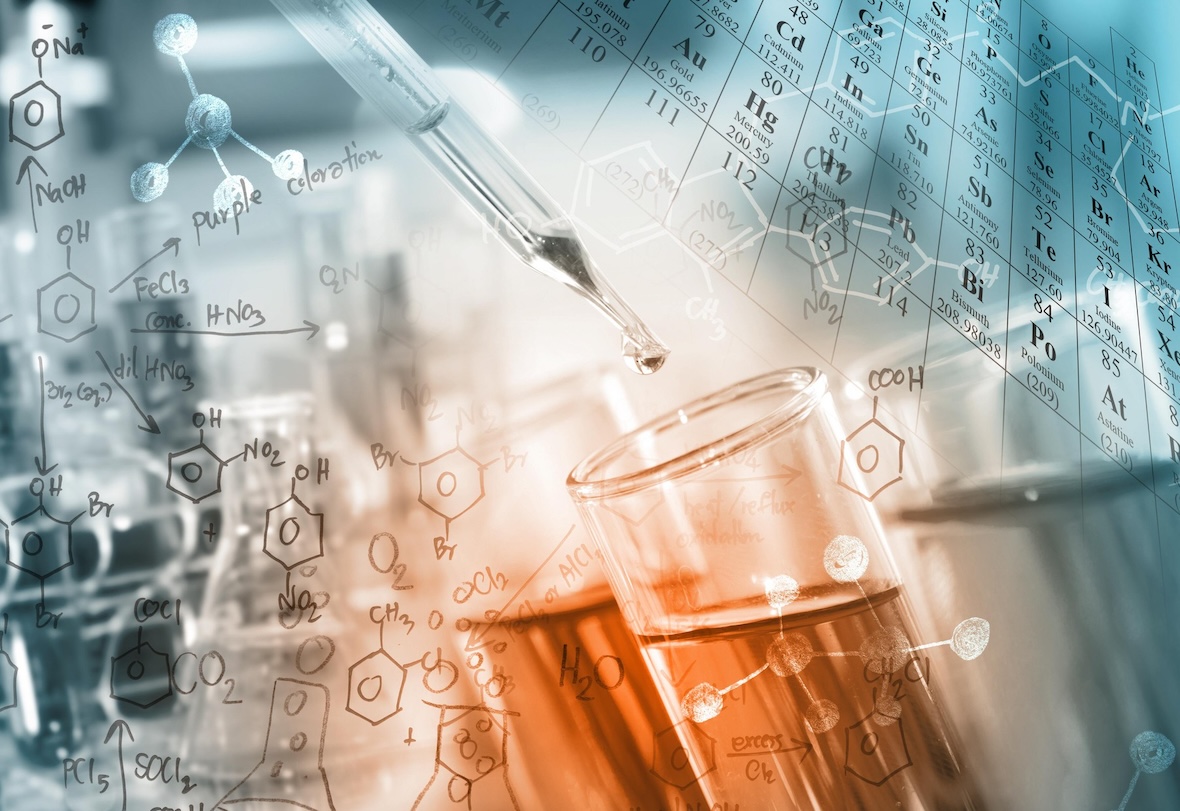
EPFL scientists unveil a groundbreaking AI for chemical synthesis
22 May 2024
 ChemCrow democratizes access to complex chemical knowledge and processes, lowering the barrier for non-experts while augmenting the capabilities of experienced chemists. | © iStock
ChemCrow democratizes access to complex chemical knowledge and processes, lowering the barrier for non-experts while augmenting the capabilities of experienced chemists. | © iStock
Researchers at EPFL have introduced ChemCrow, a revolutionary AI system that integrates 18 advanced tools, significantly enhancing efficiency in chemical research.
EPFL scientists have made a significant advancement in the field of chemistry with the development of ChemCrow, a large language model (LLM)-based AI system designed to streamline complex chemical processes. ChemCrow, which incorporates 18 specialized tools, is set to revolutionize organic synthesis and drug discovery, offering a more efficient approach for both seasoned chemists and newcomers to the field.
Chemistry has long presented challenges for automation due to its intricate processes and the extensive knowledge required to navigate them. Traditional computational tools, although advanced, often remain underutilized because of their complexity. Part of the new EPFL AI Center, the team led by Philippe Schwaller aims to address this gap with ChemCrow. “You might wonder why a crow?” said Schwaller. “Because crows are known to use tools well.”
Developed by PhD students Andres Bran and Oliver Schilter in collaboration with Sam Cox and Professor Andrew White, ChemCrow is built upon large language models like GPT-4, enhanced by LangChain for seamless tool integration. This AI autonomously handles tasks in chemical synthesis, thanks to an array of specialized software, including WebSearch for online information retrieval, LitSearch for scientific literature extraction, and various molecular and reaction tools for chemical analysis.
Autonomous chemical synthesis and real-world applications
ChemCrow’s capabilities include planning and executing chemical syntheses autonomously. Notable achievements involve creating an insect repellent, synthesizing various organocatalysts, and discovering new chromophores, which are essential in the dye and pigment industries. The AI’s structured reasoning process sets it apart, mirroring a human expert’s approach but with enhanced precision. “The system is analogous to a human expert with access to a calculator and databases that not only improve the expert’s efficiency, but also make them more factual – in the case of ChemCrow, reducing hallucinations,” explains Andres Camilo Marulanda Bran, the study’s first author.
Upon receiving a prompt, ChemCrow strategically plans for the task, selects the appropriate tools, and iteratively refines its approach based on the results. This meticulous process ensures that ChemCrow’s actions are grounded in practical application and suitable for real-world laboratory environments. This innovation is poised to accelerate research and development in various fields, including pharmaceuticals and materials science, making the process more efficient and safer.

